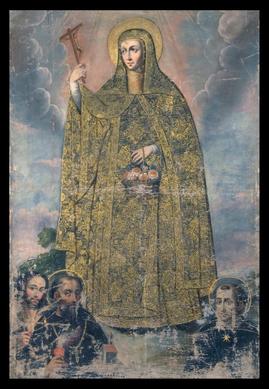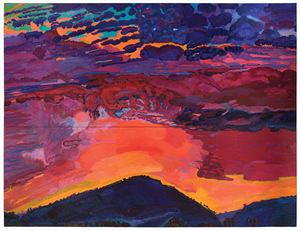The wonders of technology have revealed a new portrait by Goya. It’s underneath his Portrait of Don Ramón Satué (below), which is owned by the Rijksmuseum in Amsterdam.
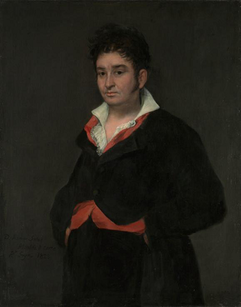 According to a press release, the new imaging technology is called scanning macro-Xray — flourescent spectrometry and it was developed by the University of Antwerp and the Delft University of Technology. It quotes Professor Joris Dik of the Delft University as saying “We can take the new mobile scanner to a museum and examine a painting layer by layer. This enables us to reconstruct the layers of paint and colours present underneath the visible painting without ever touching it.”
According to a press release, the new imaging technology is called scanning macro-Xray — flourescent spectrometry and it was developed by the University of Antwerp and the Delft University of Technology. It quotes Professor Joris Dik of the Delft University as saying “We can take the new mobile scanner to a museum and examine a painting layer by layer. This enables us to reconstruct the layers of paint and colours present underneath the visible painting without ever touching it.”
In this case, the scans reveal that Goya (1746-1828) painted over a more formal portrait of a man in a uniform, bearing honors and distinctions of someone in the highest ranks of an order of knights, which was established by the then-King of Spain and brother of Napoleon, Joseph Bonaparte. They date the portrait to 1809-1813.
Goya’s Satué portrait,on the other hand, was signed and dated in 1823.
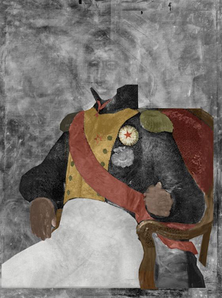 No one know who the man in the uniform is, but the Rijksmuseum says that the picture “most likely depicts a French general who accompanied Joseph to Madrid. Another distinct possibility is that the portrait depicts Joseph Bonaparte.”
No one know who the man in the uniform is, but the Rijksmuseum says that the picture “most likely depicts a French general who accompanied Joseph to Madrid. Another distinct possibility is that the portrait depicts Joseph Bonaparte.”
The museum also says that the painting was probably still with Goya “when the French army withdrew from Madrid in 1813.” By 1823, Goya was experiencing “trying” times:
Having supported the liberal Spanish Constitution of 1820, Goya was forced to hide out with a member of Satué’s family after the restoration of absolutist rule under Ferdinand VII. Given these circumstances, possessing a portrait of a Napoleonic officer would have been construed as highly suspect, which may be what motivated the decision to paint over the original portrait.
The picture is on view at the Museum Boijmans Van Beuningen in Rotterdam until the Rijksmuseum reopens its main building in 2013.

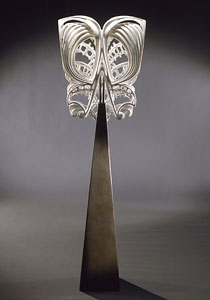 Maybe the MacArthur judges were chastened by last year, when there was one:
Maybe the MacArthur judges were chastened by last year, when there was one: 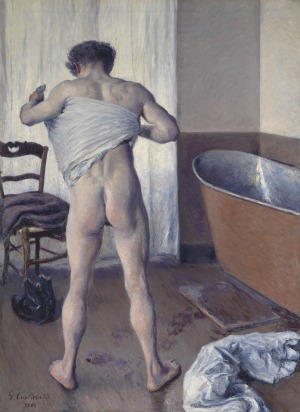 Let’s start with the premise that the works of Gustave Caillebotte are not as well known in the United States as they should be. They’re just not all that common in American museums.
Let’s start with the premise that the works of Gustave Caillebotte are not as well known in the United States as they should be. They’re just not all that common in American museums. 